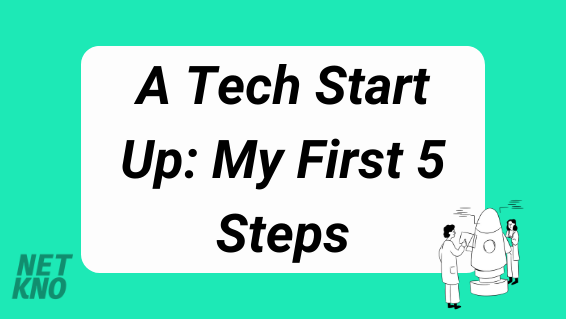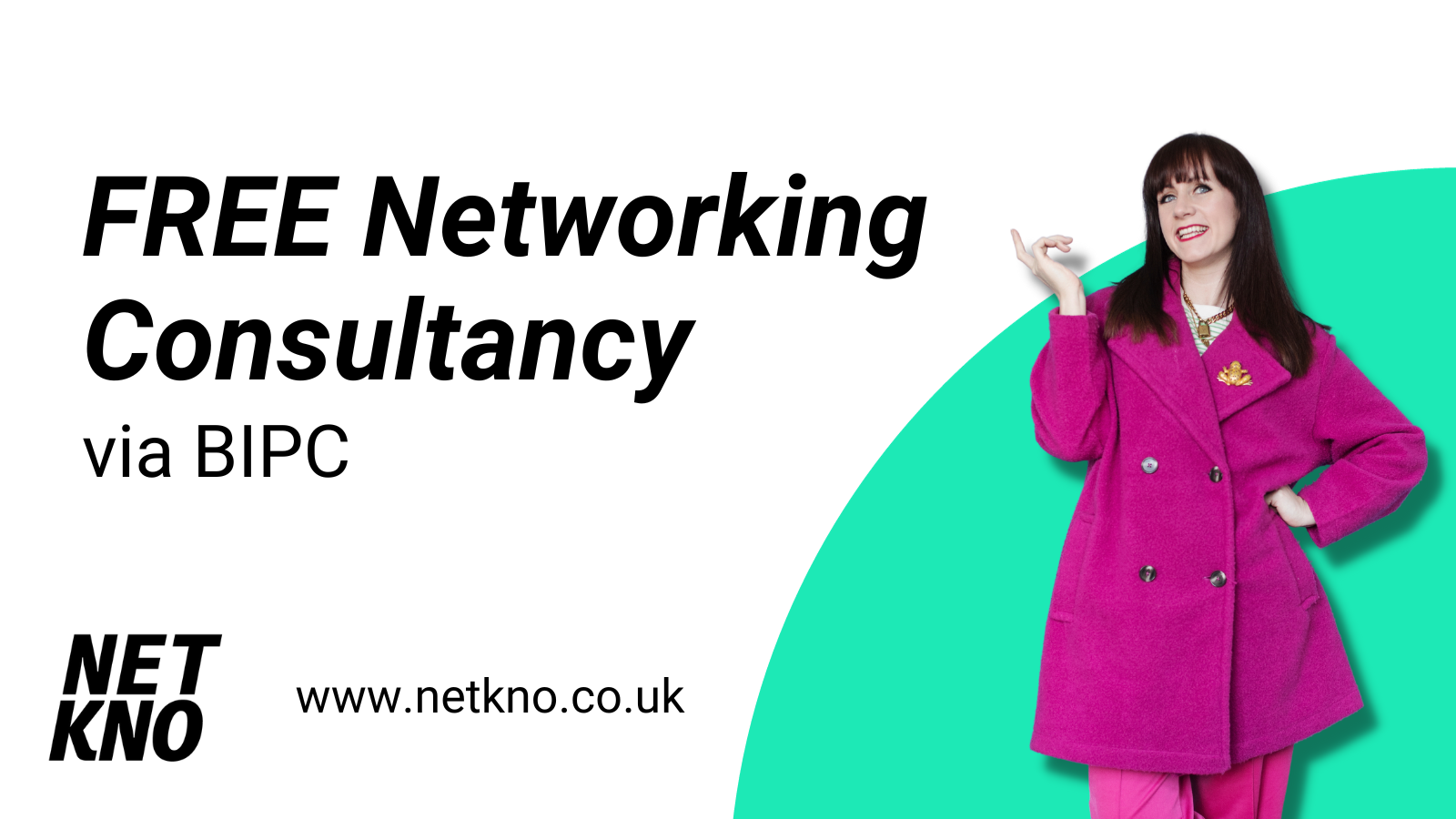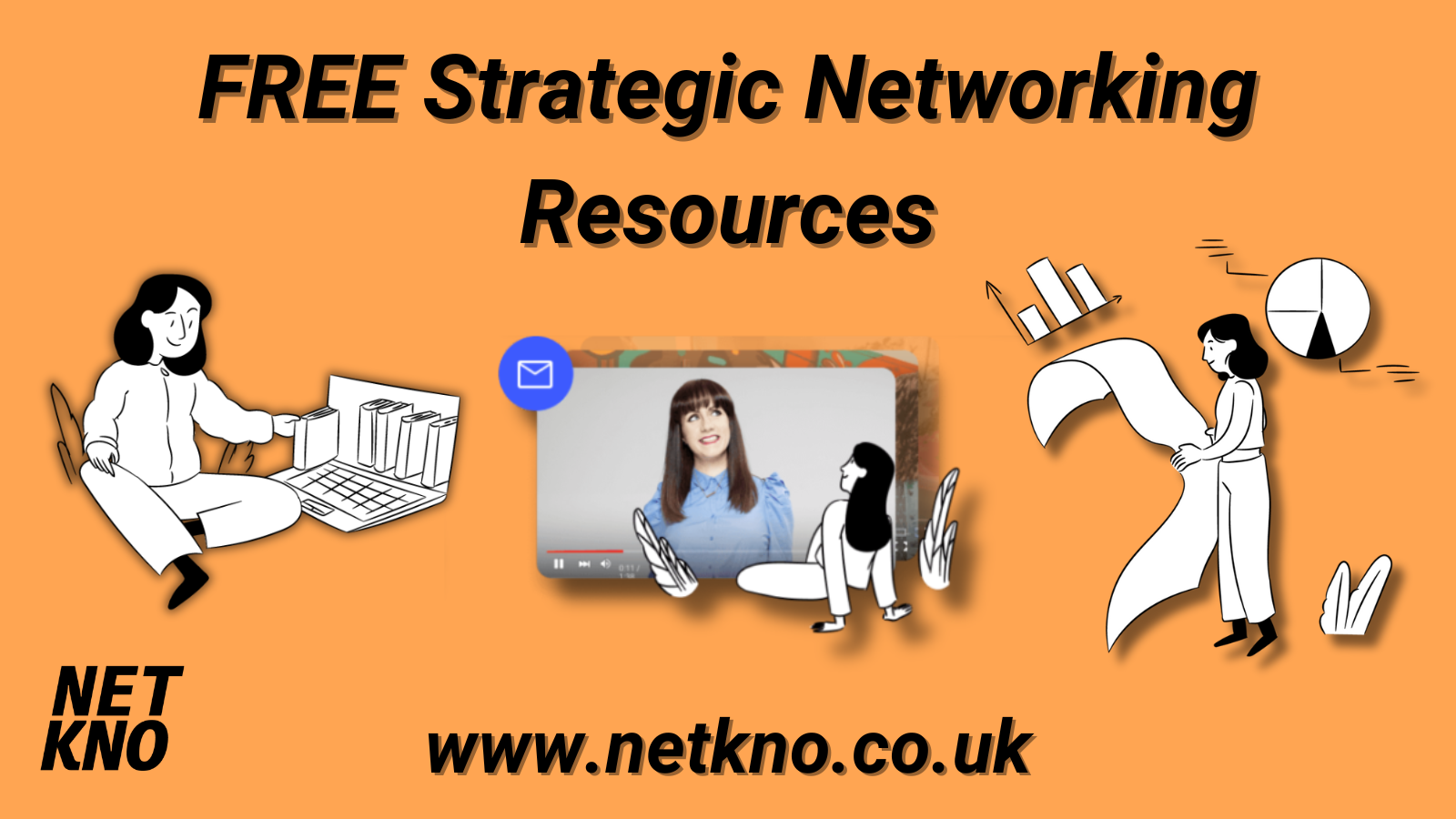
It’s feels very different writing about something that’s actually happening right now, rather than things from the past or just general ideas and thoughts. This is something I’m currently living, so it’s as exciting as it is unnerving, as sharing it makes me feel venerable in a completely new kind of way.
I’ve no idea where this story is going to lead (because it hasn’t happened yet!), but sharing it as it happens feels like the right thing to do in the hope it might resonate with someone, or give pass on some lessons I’ve learnt, so here we go!
Today is the 1st of Feb 2021, the day my company has officially become incorporated, and the day that development is beginning on a new networking platform that I hope will change the way people source and select networking events forever! Big statement and a big day.
But today is by no means the start.
There’s been a lot of work (and fun) go into just getting to this point, so I thought I’d catch you all up with everything that’s happened so far and the steps I’ve taken to get here.
1. Learn Lean
I’m a big fan of efficiency. In work, at home, in general life. After having my daughter in Aug ’19 I discovered audiobooks and they completely changed my life! I don’t have the time or the inclination to sit down and read a good book (I’m not very good at it to be honest), yet I with audiobooks I could still get the information I wanted whilst pounding the pavements with a buggy.
This revelation in itself was time efficient, but it also lead me read/listen to a book called The Lean Startup by Eric Ries, which took the art of simplicity and efficiency to another level and applied to business: be still my beating heart!
The idea behind lean is to strip everything back and start with the absolute bare minimum you need in order to take something to market, test it on your target customers, get their feedback, and improve/build it from there. This is what’s known as an minimal viable product (MVP).
The more functionality a product has, the more things it does, the higher the cost and time investment to create it before you even know if it’s actually what your customers want. By stripping your product back to the absolute minimum, then showing it to customers to see if it is what they want, you’re reducing initial risk and not wasting valuable time and money on functionality they might not like.
What you think your customers want and what they actually want can easily be two very different things. So by creating this ‘build – measure – learn’ feedback loop with your customers, you know that the functionality you’re investing in is what they actually want! You end up building a product much more fit for purpose, you don’t waste time and money on things they don’t want, and your customers feel part of your journey because they’re the ones who’ve helped shape it.
2. Validation
The great thing about an MVP is that allows you to test your theories on what your customers want by taking something to the market for them to try. You can validate your assumptions so you know ‘Yes this is a solution they’re looking for’, or ‘nope, they don’t really care.’ Getting a ‘yes’ allows you to continue investing time and money into your new product with confidence, and ideally with your first customers already lined up!
Prior to Networking KnoWho I was lucky enough to spend almost three years supporting the North East tech community working as a business support specialist for Sunderland Software City (SSC). It was honestly one of the best times in my career to date, and I learnt so much from my colleagues and the amazing businesses I got to support. From that experience I wasn’t unfamiliar with the concept of an MVP. However, it wasn’t until recently that I realised that I could actually validate my theories before even thinking about building any kind of digital platform!
The aim of the platform is to empower people to make strategic decisions about which networking events they should attend, so how could I validate my theory that this is something people wanted? By launching Networking KnoWho of course! By offering this as a consultancy service, which is what I do now and have been since April ’20, I can validate my theory that it’s something people actually want. So that’s what I’ve been doing!
Working with businesses and individuals on a 1-2-1 basis, as well as delivering talks and training on the topic, I’ve been able to prove that this is actually something that people want, as well as fine-tune my own methodologies.
Finding a way to validate theories by working with potential customers way before a traditional MVP has even been
created has been invaluable for me, and I’ve no doubt I’ll end up with a way better product because of it.
3. Functional Specification
Once I felt my ideas had been validated and there was a gap in the market for the platform I envisaged, it was time to start mapping out what that platform might look like. What did I actually want my MVP to do?
Going back to lean methodology, what was the minimal amount of functionality it could have in order to launch it and start that customer feedback loop again?
In came the invaluable experience from SSC again, this time in the form of a document called a ‘functional specification’ or a ‘technical specification’. This is essentially a blueprint of what you want a new development to do; every last detail of it.
The idea is that a developer can read the spec and then go off and build exactly what it is you want! In order for that to happen it has to be very detailed, and be written in a way that techie and non-techies alike can understand.
Getting down into the real nitty-gritty of exactly what functionality you want your MVP to have can be a difficult job. It’s so easy to go off on tangents and create wish lists of what you want it to do – but every additional piece of functionality is going to cost you, so remember the lean methodology and bring it back to basics.
Because of my experience with functional specs, and my amazingly talented friend Christoph (actual name Chris Grant, Throneware), I managed to write mine myself. However if you have an idea for something that needs to be developed, speak to SSC as they might be able to provide you with a full funded (aka free) functional spec!
4. Support
And that brings me nicely onto accessing support. Before I’d even started thinking about developing anything I’d done my research into what support was available and where from. Navigating the support landscape of any region can be difficult; they’re ever changing, evolving, shifting beasts that have so much information inside they can be a rather overwhelming. A great place to start is your local council. As business support is often dependent on your postcode, looking to see what your council is promoting is always a great starting point. On a regional level take a look at your local LEP (local enterprise partnership). Again, these are often great resources for business support, grants and accessing finance options. Many LEP have an online portal called the Growth Hub which is full of valuable resources: see North East Growth Hub for example.
As I’m based in Durham, which is classed as ‘transitional’ and there for has a bunch of additional support available, I was able to tap into the following fantastic programmes:
Digital Drive Durham, DABS Programme, and I’ve just recently joined the latest cohort of DCI (Durham City Incubator) which is an amazing six month accelerator programme.
So far I’ve had a mixture of 1-2-1 business support, consultancy, workshops, training and I’ll be tapping into a grant through Digital Drive to support the development of the platform MVP.
Knowing what’s available and reaching out and grabbing it by both hands has made a huge difference to me already, and it’s only the beginning.
5. Suppliers
So I’ve validated my idea, got my functional spec for an MVP, and I know what support I can tap into…it’s time to source a supplier!
This is pretty scary but super exciting at the same time. For some reason I felt more like a grown up during this process than I did buying my first home!
It’s a big commitment and a really important one; finding the first person or people to bring your MVP to life. I’m bootstrapping my build so it feels even more personal since I’ve grafted for each and every penny, so there needs to be a lot of trust there before you even start.
I spoke to three amazing companies about potentially building the MVP, all of which were super professional, enthusiastic and talented.
So how do you pick?
For me it came down to working with a company I felt could add a little extra – in this case it was the branding. They’re going to be looking at the overall company brand as well as the platform’s, and that felt like something that would work best all being done by one business. They also really delved down into what I was trying to achieve. It’s not always easy to articulate your ideas via email, so we had a number of calls (time they were investing at their own risk), and they produced some brilliant visuals to communicate how they proposed to build the platform. Being a visual person that worked really well for me, and all in all I had a really good gut feeling about them. (I’ll be sharing more about the development process as and when it happens.)
If you’re unsure where to start, ask some of those support providers you’re tapping into for their advice. They’re super connected and there to help make your business a success.
Or even better – go networking and meet some potential suppliers of your own!
To keep up with this new adventure make sure you sign up to our newsletter – you’ll also get a free download of our interactive whitepaper, The Art of Strategic Networking!
If you’ve been through a similar journey and would like to share your experience I’d love to hear from you! Drop me an email ([email protected]) or pop over to the ‘contact’ section.
 Back to the Blog
Back to the Blog

